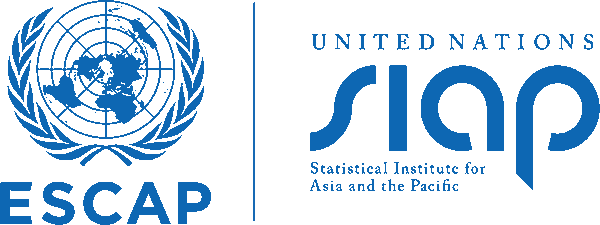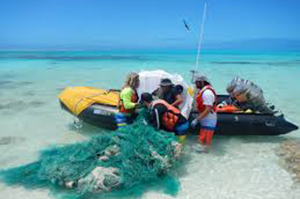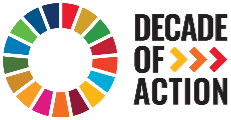
E-learning Course on Fisheries and Aquaculture Statistics

This e-learning course introduces fundamental knowledge on fisheries and aquaculture statistics. This course will help you understand how to compile and monitor SDG indicators from fisheries and aquaculture statistics.
If you are unable to open the interactive presentations and you are using Google Chrome, make sure you enable Flash (instructions: "For students using Google Chrome as their browser (pdf)") or
| Materials | |
|---|---|
|
The Global Strategy (World Bank, 2010) is an initiative undertaken at international level under the auspices of the United Nations Statistical Commission (UNSC) to address the declining capacity in agricultural statistics, mainly in developing countries (Keita, 2010). The purpose of the Global Strategy is to provide guidelines for national and international statistical systems. • ISIC: The International Standard Industrial Classification of all Economic Activities • Conceptual Framework • Pillars for Global Strategy |
|
|
Case Study (Download) |
|
|
Module 1: Interactive Lesson (Please use Internet Explorer or Firefox browser) |
html |
|
Module 1 Interactive slides (Download version) |
|
|
Fishing is the activity consisting of capturing aquatic animals in their natural environment while aquaculture production is the reproduction and growth in a capacity of species captured in their natural environment. • Small-Scale Fisheries • Aquaculture • Voluntary Guidelines for Securing Sustainable Small-scale Fisheries (SSF) • Effect of small scale Fisheries & Aquaculture |
|
|
Module 2: Interactive Lesson (Please use Internet Explorer or Firefox browser) |
html |
|
Module 2 Interactive Slides (Download version) |
|
|
|
|
|
Module 3: Interactive Lesson (Please use Internet Explorer or Firefox browser) |
html |
|
Module 3 Interactive Slides (Download version) |
|
| Lesson 4: International Standard Statistical Classifications From a global or regional perspective, national fisheries statistical programs need to be consistent. It requires a set of statistical standards of recognized classifications codes which are internationally accepted to make these programmes coherent and consistent. • Classifications in Fisheries • Classification in Fisheries by Coordinating Working Party (CWP) |
|
|
Module 4: Interactive Lesson (Please use Internet Explorer or Firefox browser) |
html |
|
Module 4 Interactive Slides (Download version) |
|
|
Data needs in fisheries and aquaculture sectors: A sound data is a pre-requisite to assess and monitor the state of natural resources (e.g. fish resources, aquatic ecosystems, water and land, aquatic genetic resources), and the performance and sustainability of fisheries. Sound data helps us to plan an integrated approach across multiple goals that addresses all dimensions of sustainable development - economic, social and environmental. • Data for Fisheries • Methods of Data Collection • Types of Surveys in Fisheries |
|
| Module 5 (Part A): Interactive Lesson (Please use Internet Explorer or Firefox browser) |
html |
| Module 5 (Part A)Interactive Slides (Download version) |
|
|
Data needs in fisheries and aquaculture sectors: A sound data is a pre-requisite to assess and monitor the state of natural resources (e.g. fish resources, aquatic ecosystems, water and land, aquatic genetic resources), and the performance and sustainability of fisheries. Sound data helps us to plan an integrated approach across multiple goals that addresses all dimensions of sustainable development - economic, social and environmental. • Classification of Fishing Units • Concepts for Catch Estimate • Concepts for Effort Estimate • Fishery Statistics by Household Approach • Fishery Statistics by Sampling Approach • Fishery Statistics by Computer Assisted Personal Interview (CAPI) |
|
| Module 5 (Part B): Interactive Lesson (Please use Internet Explorer or Firefox browser) |
html |
| Module 5 (Part B) Interactive Slides (Download version) |
|
|
• Remote Sensing (RS) • Global Positioning System (GPS) • Geographic Information System (GIS) Why GIS? • Application of GIS in Fisheries • Components of GIS • Data for GIS • Example of GIS |
|
| Module 6: Interactive Lesson (Please use Internet Explorer or Firefox browser) |
html |
| Module 6: Interactive Slides (Download version) |
|
